In recent years, many intangible cultural heritages, including festival heritages, folk games, folk knowledge, and folk performances, have been researched, collected, and restored by Ba Che district. Preserving and promoting intangible cultural values helps Ba Che district both strengthen solidarity in the village and contribute to the sustainable development of community tourism and cultural tourism.
Respecting the precious heritage left by our ancestors, in recent times, Ba Che district has coordinated with relevant units to inventory intangible cultural heritage in the forms of language, writing, folk literature, traditional festivals, folk performing arts, social customs, traditional crafts, and folk knowledge. The treasure trove of precious intangible cultural heritage of Ba Che ethnic groups has been and is being preserved and promoted in the community of Vietnamese ethnic groups.
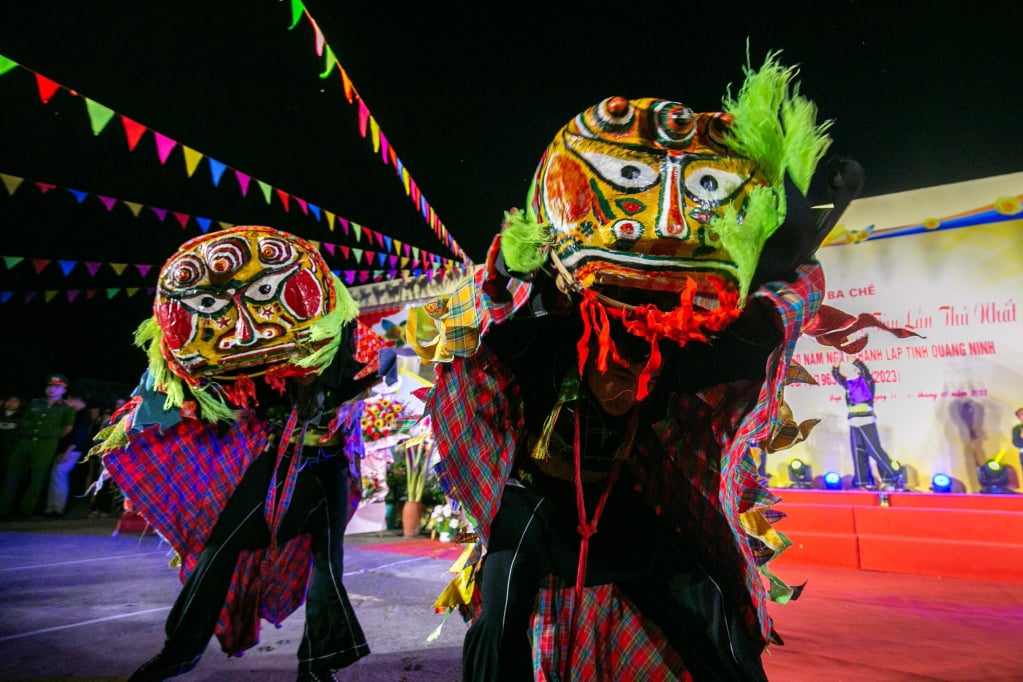
Ba Che district has 9 ethnic groups living together; in which, the majority are Dao, Kinh, San Chay (including San Chi and Cao Lan), Tay. The ethnic groups do not form separate residential areas but live together, with their own cultural identities, creating a diverse and rich cultural exchange. Over time, the people here still preserve their unique cultural identity, reflecting the life of the community in the history of formation and development of their nation, such as: Language, writing, festivals, beliefs, cuisine , traditional crafts...
In addition, the district also preserves unique intangible cultural heritages such as then singing of the Tay people, soong co singing of the San Chay people, and antiphonal singing of the Dao people. Ba Che also has many traditional festivals and customs and practices that are preserved and restored, attracting the attention of many people such as: Long Tong Festival, Lang Da Communal House Festival, Phun Voong Ceremony (Cap Sac ceremony), wedding and funeral customs, folk knowledge about medical examination and treatment... These intangible cultural values have affirmed the extremely rich cultural and religious vestiges of the ethnic groups living together in the district.
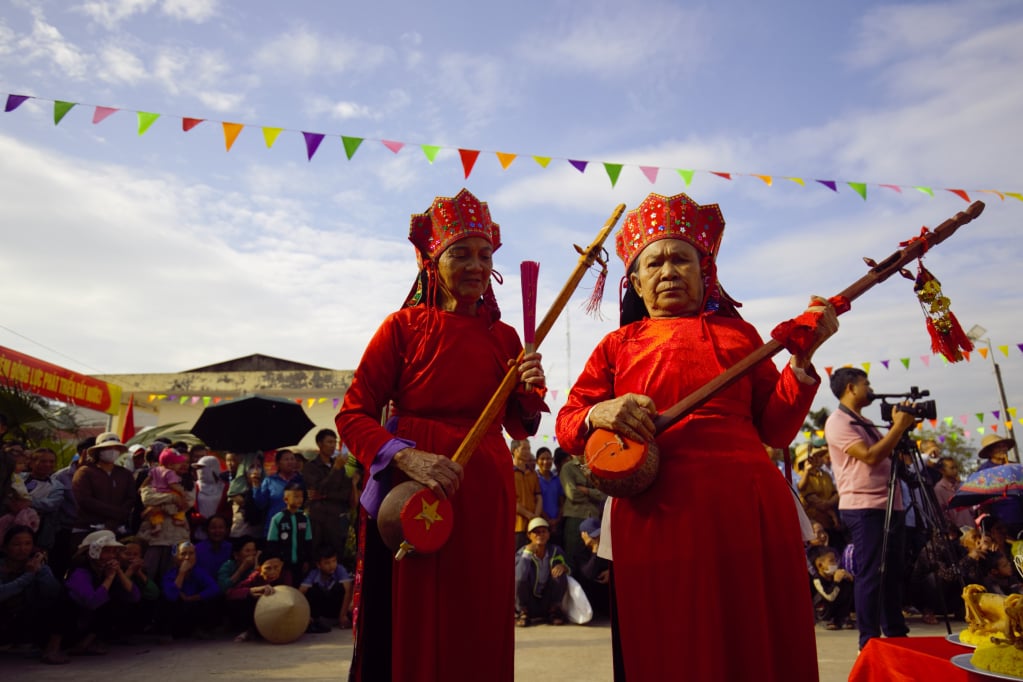
Over the years, Ba Che district has promoted traditional cultural values, intangible cultural heritages, and cultural beauties of local ethnic groups. Currently, Ba Che district has 30/58 villages with cultural and artistic teams operating regularly at cultural houses and community centers. The district has built and completed the Dao community cultural house in Nam Son commune, where performances and teaching of folk songs, brocade embroidery, folk cuisine, fire dancing rituals, Ban Vuong festival and folk games regularly take place.
In order to preserve and promote the fine traditional cultural values of ethnic minorities associated with the development of community tourism, Ba Che district has effectively implemented the Project to preserve and promote the national cultural identity and the value of relics and scenic spots. The district has also organized, maintained and restored many festivals that attract a large number of people and tourists to come and experience the culture.
The work of preserving and promoting traditional cultural values of ethnic groups has many innovations, demonstrating the boldness and breakthrough of the district. Ba Che is the first locality in the province to develop and have the Provincial People's Committee approve a project to preserve the cultural identity of the Dao people associated with serving the development of community tourism implemented in Son Hai village, Nam Son commune. The Classes teaching folk singing, folk dancing, ethnic embroidery, then singing, tinh lute, pa dung singing (antiphonal singing), soong co, ka dong making and dancing, lion and cat dancing and some typical rituals are gradually restored. Those efforts of Ba Che district have contributed to preserving the cultural identity of ethnic groups, creating a strong driving force for economic growth and social progress, improving the spiritual life of local people.
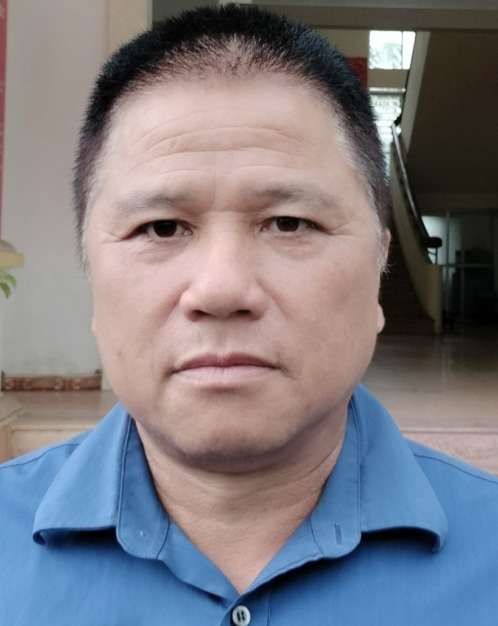 Folk artist Luc Van Binh, Deputy Secretary of the Party Committee, Chairman of the People's Council, Head of the Thanh Son Commune Palm Club: Mobilizing people to preserve and promote traditional cultural values Thanh Son commune currently has 7 ethnic groups living, of which San Chay ethnic group accounts for nearly 50%. In recent years, the commune has always promoted propaganda work, mobilizing people to implement the Party and State's guidelines, policies and laws on preserving and promoting traditional cultural values; promoting the role of prestigious people in propagating and preserving national identity. In particular, from 2022, we will periodically organize the San Chay Ethnic Cultural Festival, including many cultural, artistic and sports activities imbued with the identity of ethnic minorities in the commune. The Song Co singing club is also maintained and operates regularly; rituals of praying for crops, blessings, fortune, and rank are restored; some traditional occupations, folk games, and performances of ethnic minority costumes on holidays, Tet and district festivals. |
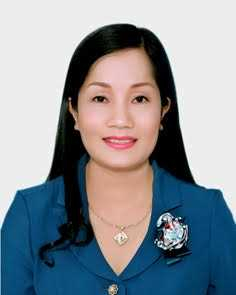 Head of the Department of Education and Training of Ba Che district Hoang Thi Oanh: Contribute to strengthening pride for the young generation In addition to teaching the history of the district Party Committee, we also include traditional education materials and the history of Ba Che district in our teaching at primary and secondary levels. For preschool level, we organize the integration of local cultural education through activities such as: Developing "Ethnic language and culture", "Tet in my hometown", "I am a soldier"... High school students can participate in highland markets, Stem activities to learn about the culture, costumes and traditional cuisine of ethnic groups. The education of traditional history and cultural identity of local ethnic groups is rich and practical for students, contributing to strengthening the pride of the young generation in traditional cultural values and historical values. From there, honoring the cultural identity of ethnic groups, helping them to be confident, build the right emotions and ideals, contributing to building a better life for themselves, their families and society... |
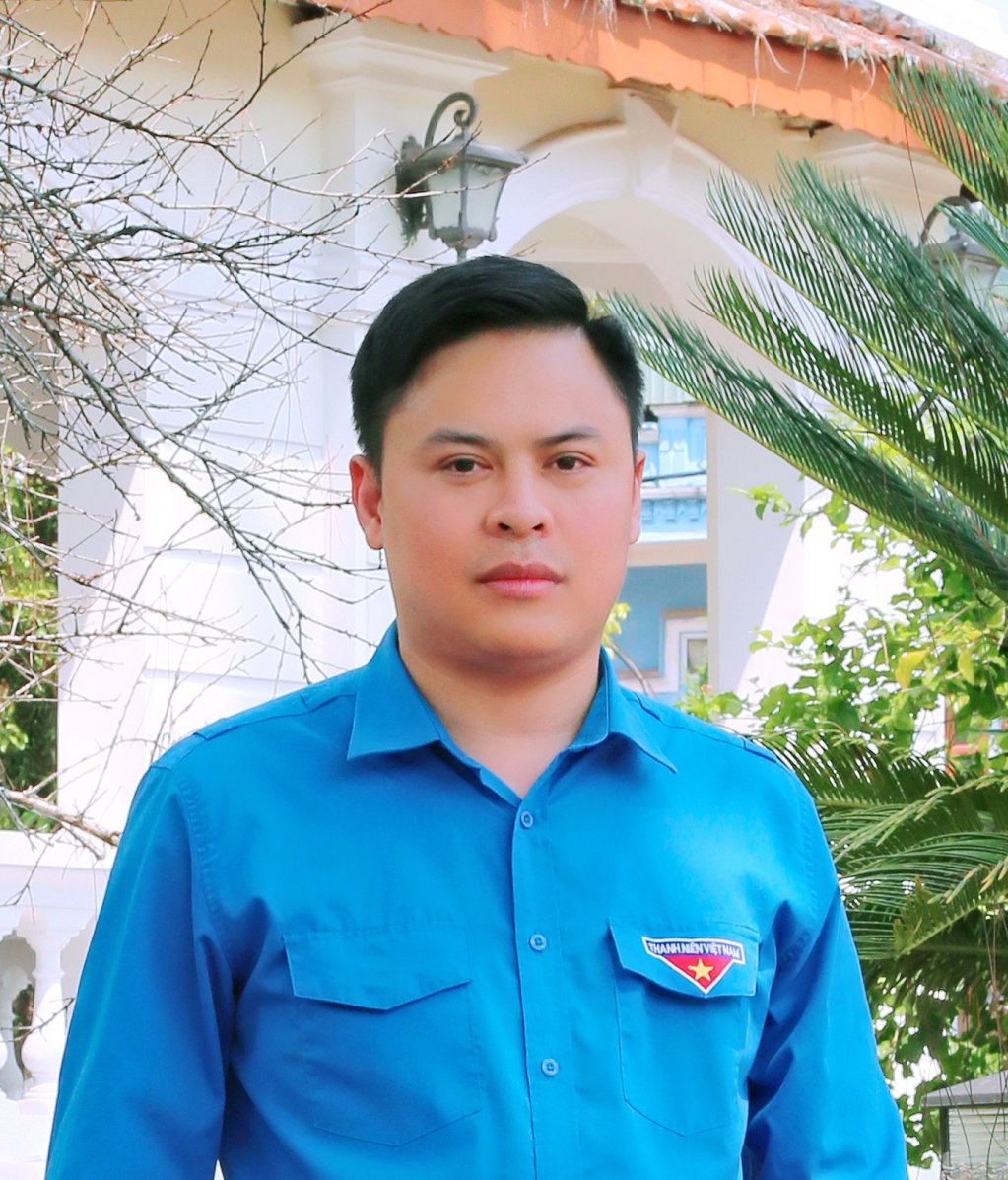 Secretary of Ba Che District Youth Union Le Minh Dat : Young people contribute to preserving the beauty of national culture To contribute to the preservation, maintenance and promotion of ethnic cultural identity in the district, in recent times, the District Youth Union has directed the grassroots youth unions to promote propaganda, mobilization, and implement many specific and practical activities, making the work of preserving district culture a regular activity in the life and lifestyle of each union member and youth. In particular, actively participating in, reenacting, and teaching folk games, brocade embroidery, making traditional dishes; mobilizing youth to participate in traditional vocational classes such as silver carving and brocade embroidery of the Dao ethnic group. Youth Union bases across the district regularly introduce customs, practices, traditional festivals, and unique cultural features through youth union activities, helping union members and youths better understand the origins and cultural features of their nation. |
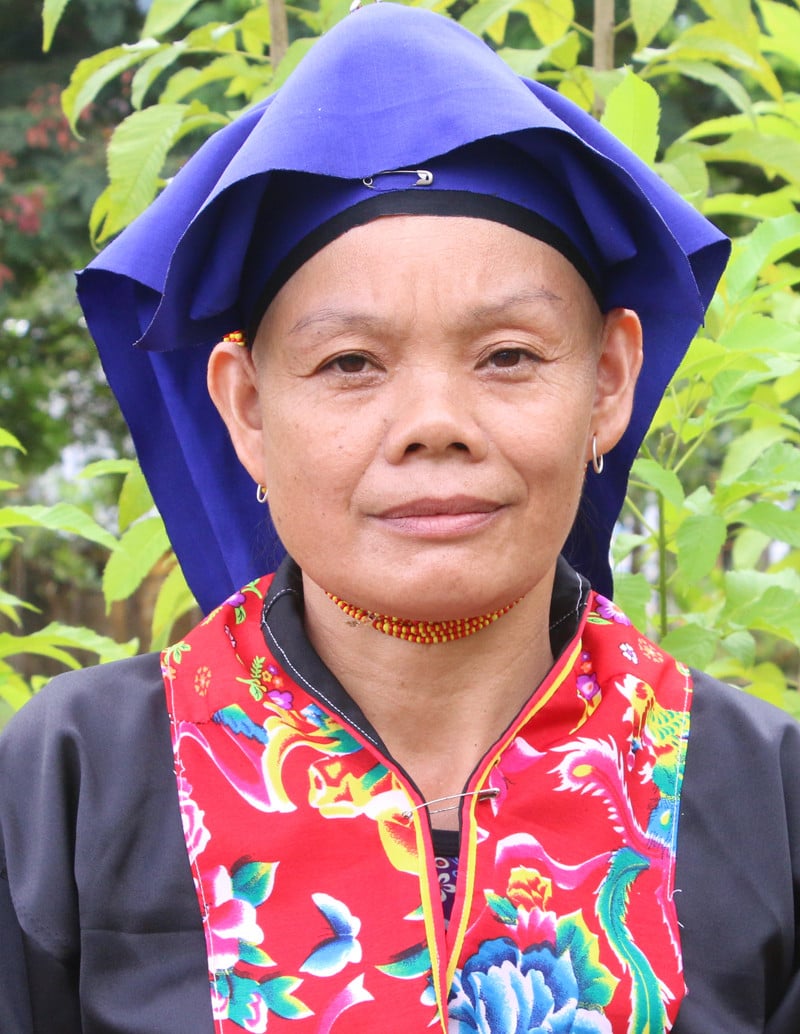 Ms. Chiu Thi Phuong (Pac Cay village, Don Dac commune): Organize many festivals with strong cultural identity... For many years now, the people of Ba Che district in general and the Dao people in particular have received great attention from leaders at all levels in terms of their lives and the promotion of their national identity. Every year, the district pays attention to organizing many major festivals, such as the Ong Temple Festival - Ba Temple Festival in Nam Son commune and many other festivals that are imbued with national identity. The district has also built Ban Vuong Temple and a Traditional Community House in Son Hai village. During festivals, there are often many mass cultural performances imbued with the cultural identity of the ethnic groups. Through these activities, we, the people, have a deeper understanding of our own cultural identity and feel responsible for preserving and promoting it. |
Source


![[Photo] Dan Mountain Ginseng, a precious gift from nature to Kinh Bac land](/_next/image?url=https%3A%2F%2Fvphoto.vietnam.vn%2Fthumb%2F1200x675%2Fvietnam%2Fresource%2FIMAGE%2F2025%2F11%2F30%2F1764493588163_ndo_br_anh-longform-jpg.webp&w=3840&q=75)







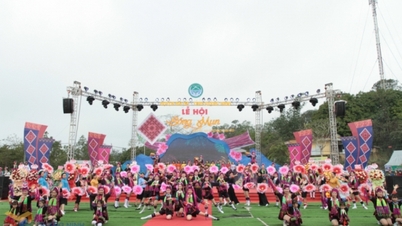
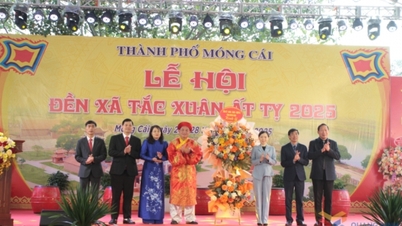
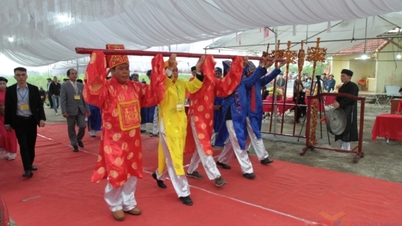
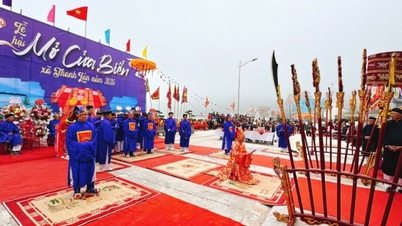

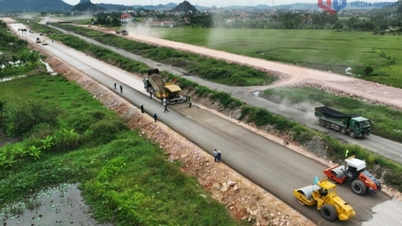











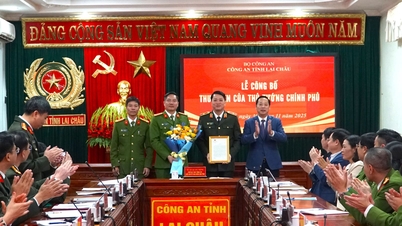



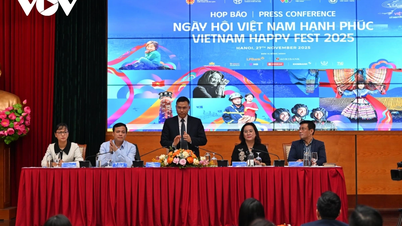



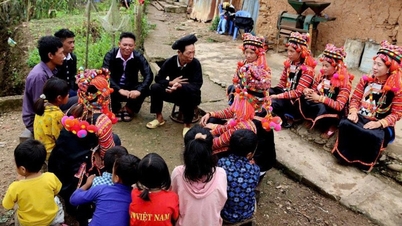

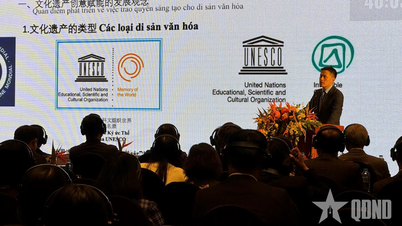

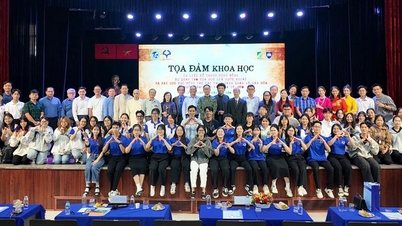

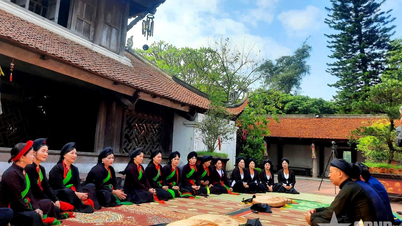


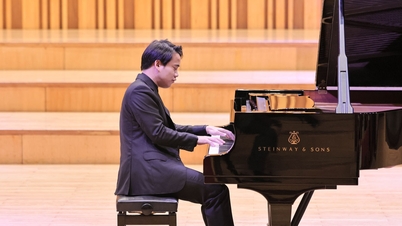


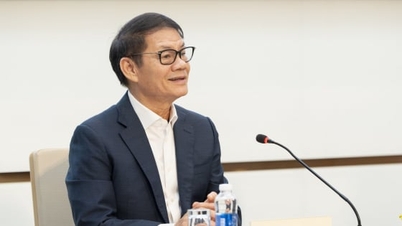

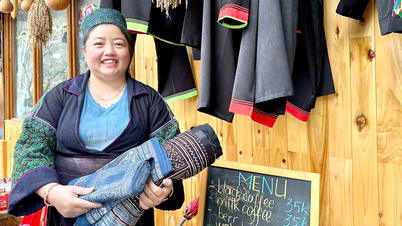

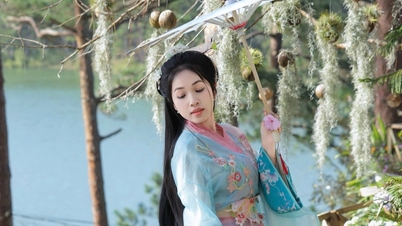
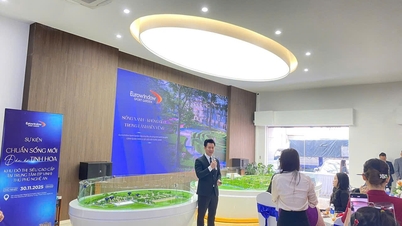


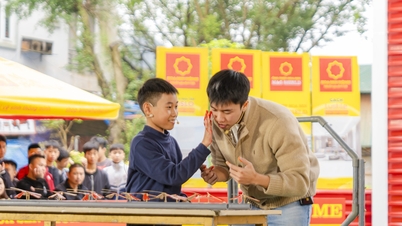


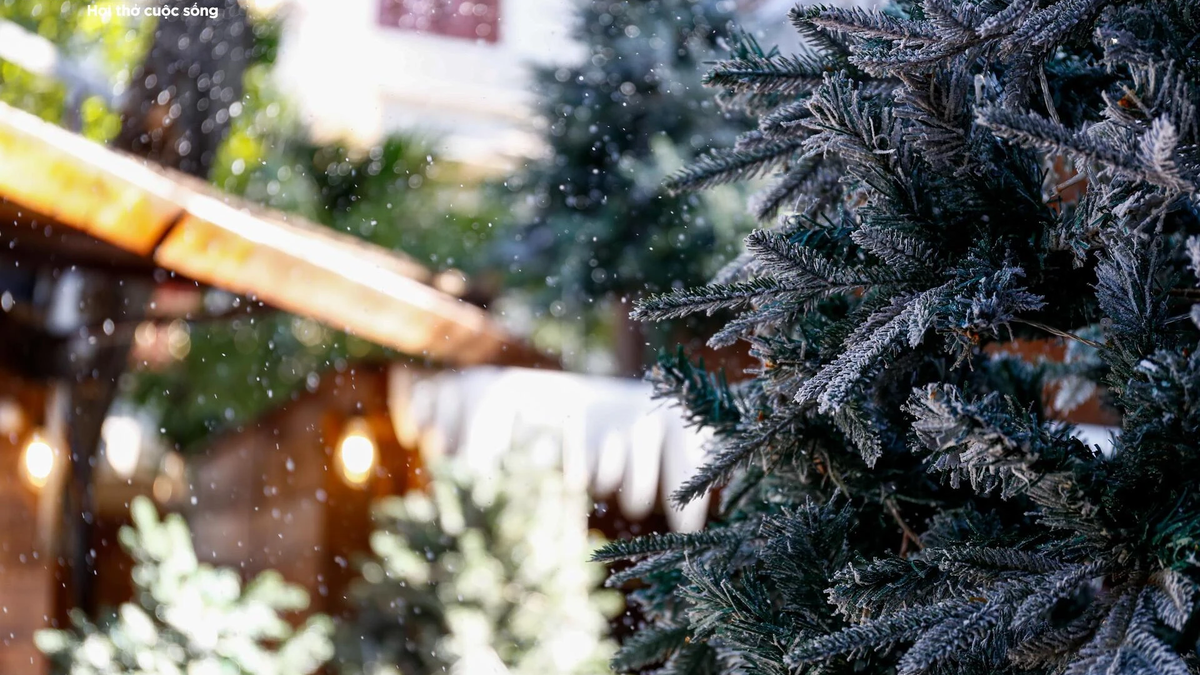


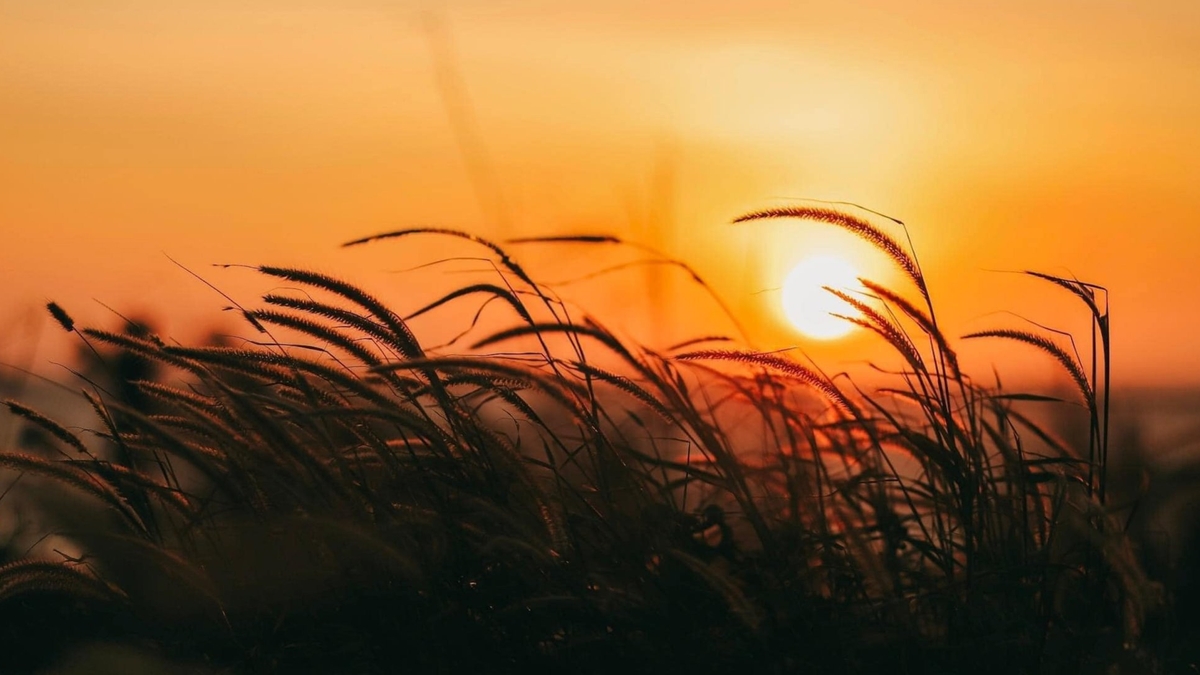
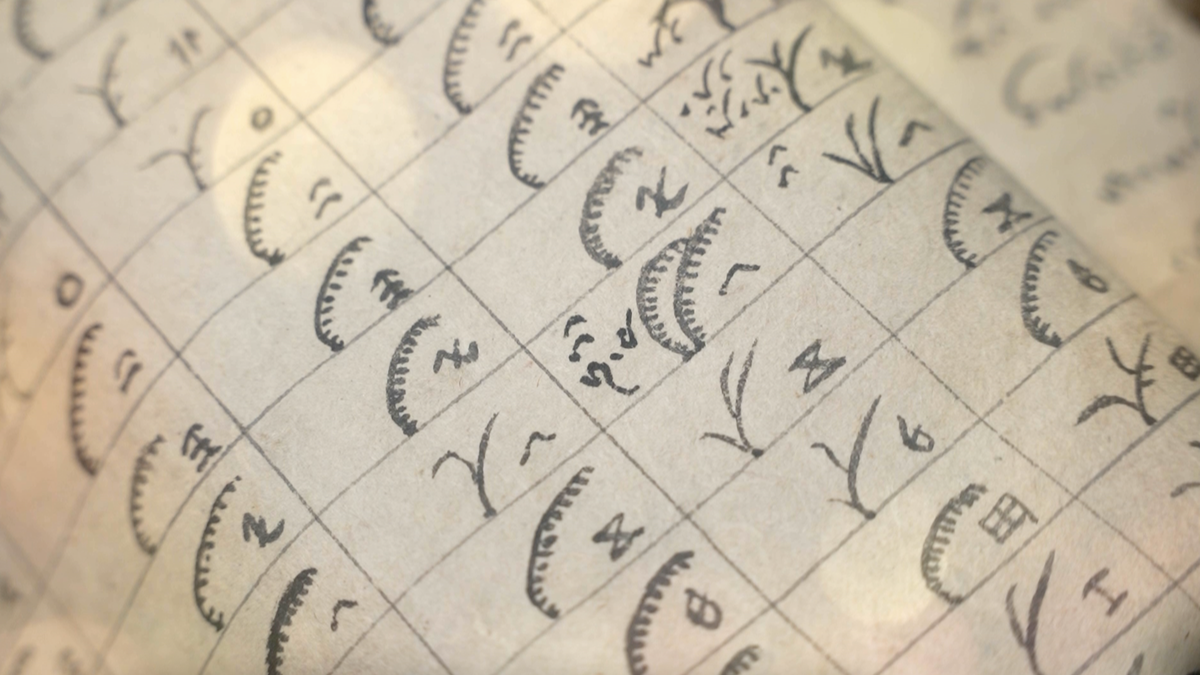
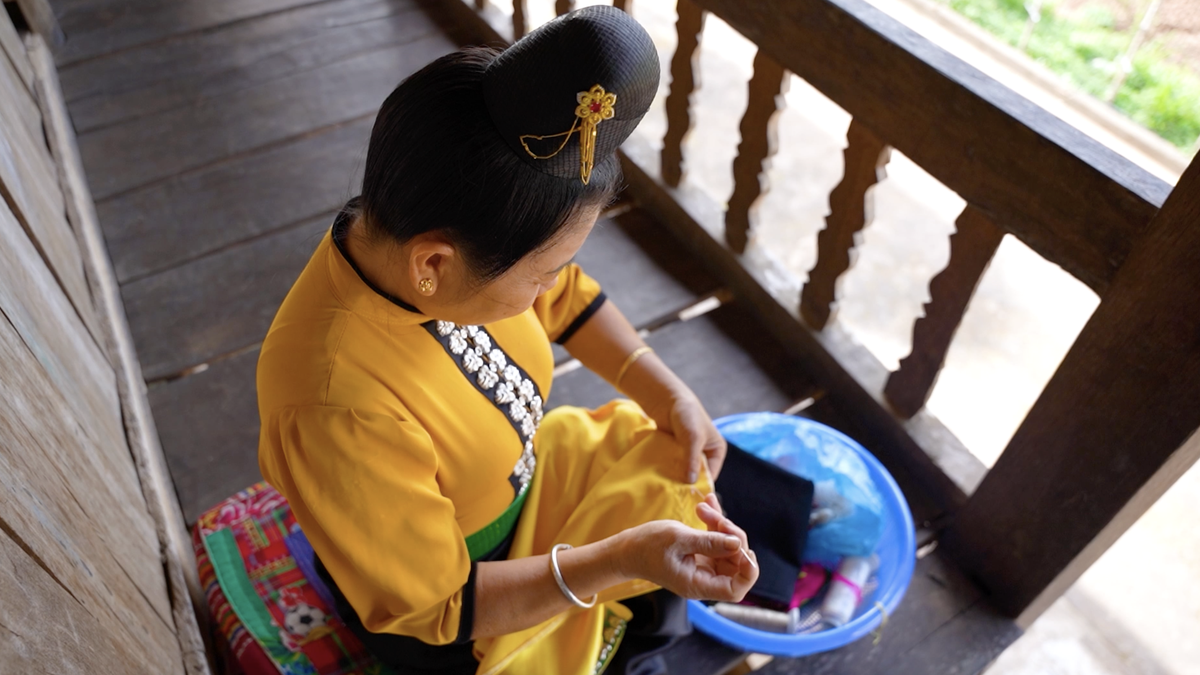


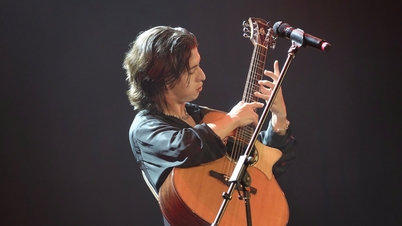
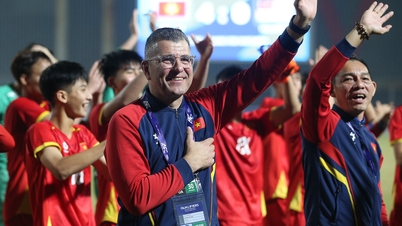
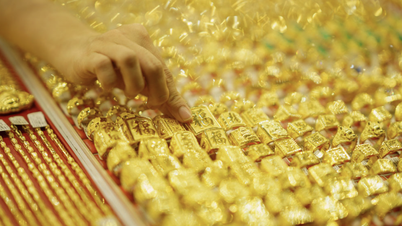
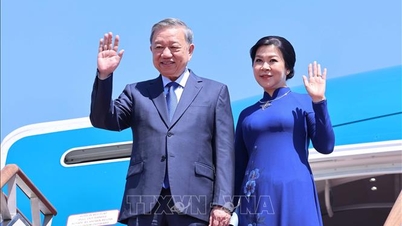


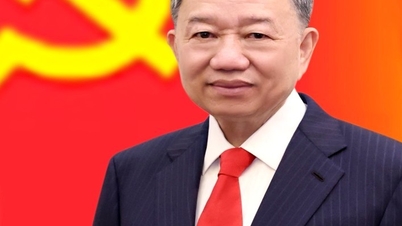

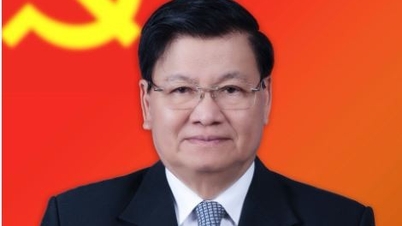
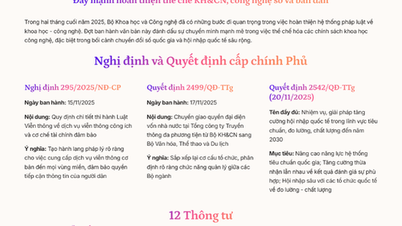

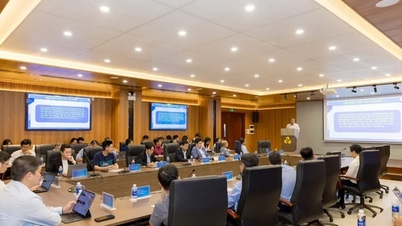
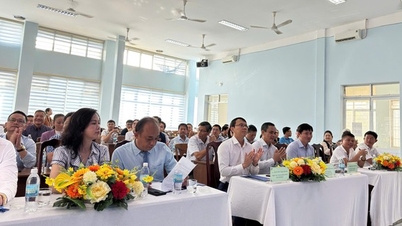
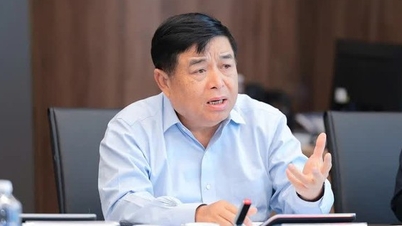


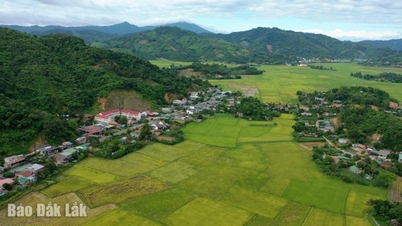


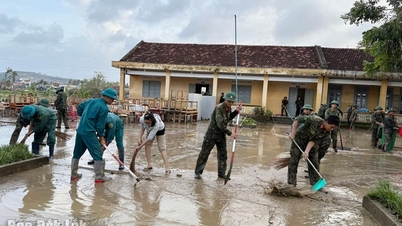
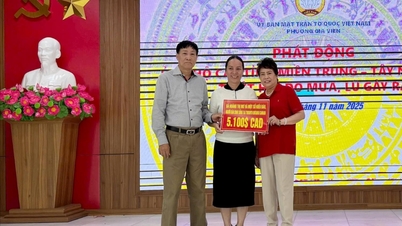

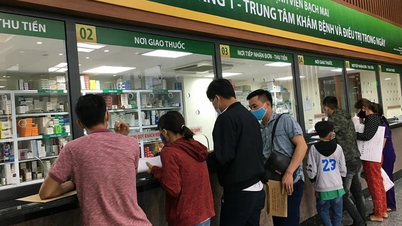







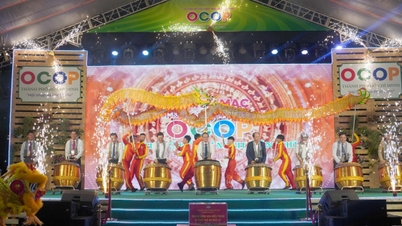





Comment (0)